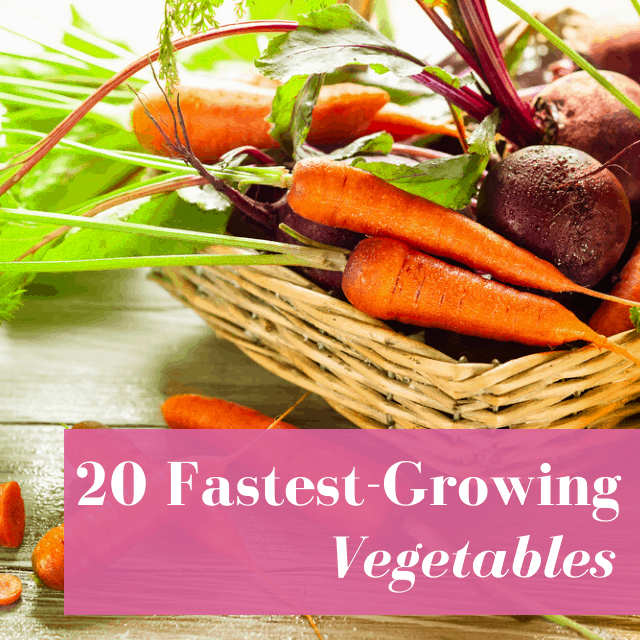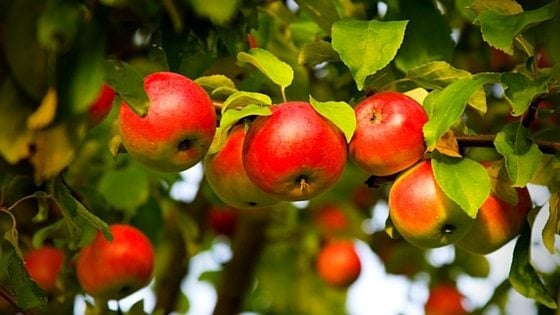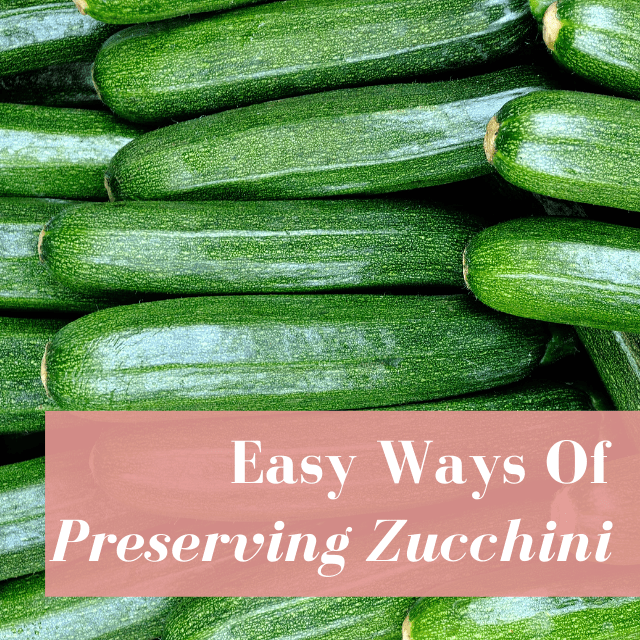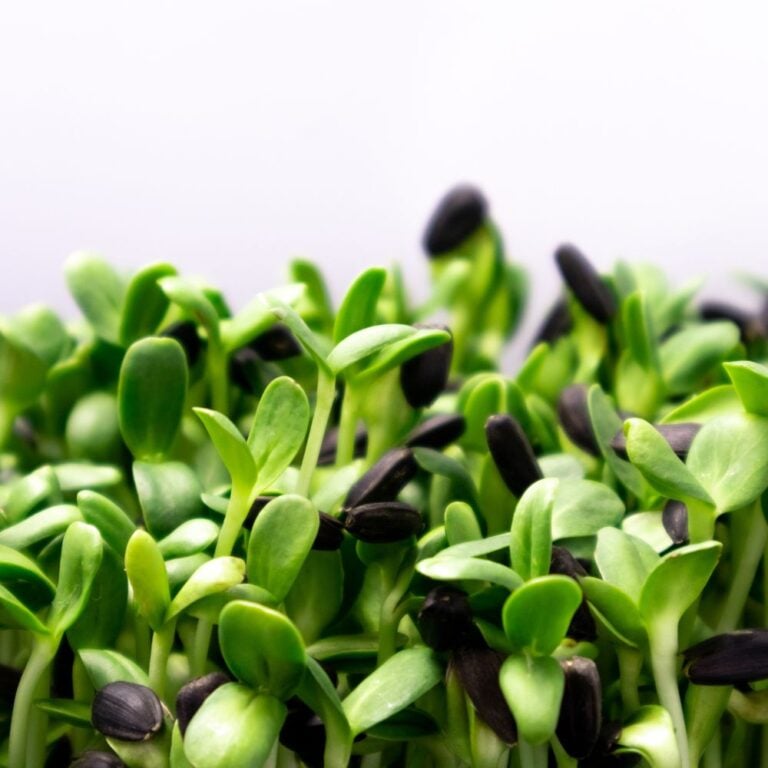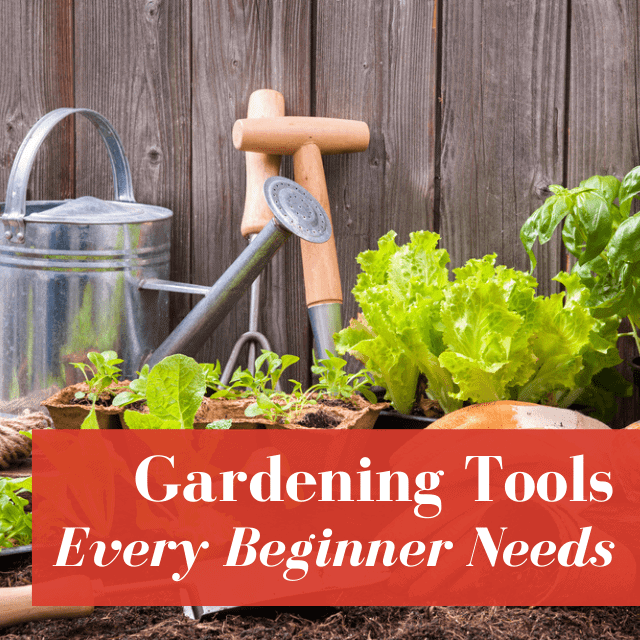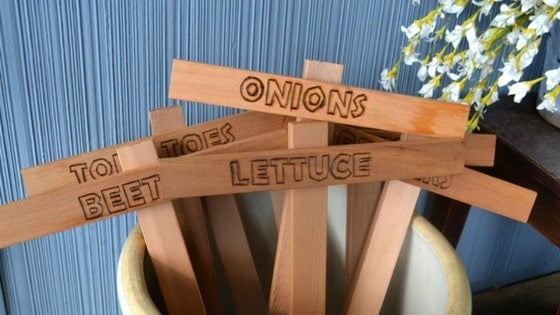Is there anything better than a nice, ripe banana? I don’t think so!
But if you live where I live – in one of the colder areas of the world to say the least, and one where bananas definitely do not grow in the wild – you need to get creative when it comes to storing those tasty fruits past their normal period of ripeness.
Even if you’re lucky enough to grow bananas on your own property, you may feel overwhelmed with an inundation of the fruits come harvest time.
Interested in preserving your own bananas at home? Here are several ways to do it so that you can continue to enjoy these tasty, nutritious fruits long past their harvest.
Table of Contents (Quickly Jump To Information)
How to Store Fresh Bananas Properly
There are several studies out there arguing whether bananas ripen quicker together or separately – and although the difference is subtle, the truth of the matter is that bananas left attached in an original bunch tend to ripen more slowly.
Therefore, you should avoid separating your fresh bananas whenever possible. This will help them last a bit longer without requiring you to do anything else! You should, however, always store your bananas at room temperature – there’s no need to refrigerate them.
Hanging the fruit is another good rule of thumb.t his will allow air to circulate around the fruit and will prevent bruises from developing as the fruits essentially crush each other.
If you can’t hang your bananas once you bring them inside, at least wrap the ends of the stems in plastic. This will release the escape of ethylene gas – something that you must do because as the fruits release more gas, they will ripen more quickly.
You can store your fresh bananas with other fruits if you don’t plan on preserving them, but remember that storing bananas with ripened fruit will hasten their ripening while storing them will unripened fruit will slow it down.
Store in the Refrigerator
You should try to avoid storing unripened bananas in the refrigerator. Not only will it slow down the ripening process, but it can impact their final flavor and texture.
However, if your fruits have ripened and you aren’t quite ready to eat them – yet don’t have time to try one of these other methods of preserving bananas – then you should put them in a plastic bag that can be sealed and stored in the refrigerator. This will give you at least one more week before the bananas need to be eaten up.
Wrap in Plastic
We already mentioned the benefits of wrapping the stems of your bananas in plastic, but did you know plastic wrap is another great method of preserving bananas all on its own?
If you have a leftover piece of a banana or even a whole banana whose stem and peel is no longer intact, consider covering the open pieces with plastic wrap. You may want to store it in the refrigerator, as it will get mushy and attract fruit flies otherwise. You can use the peel in your garden.
Store Slices
Have some banana slices to store? Don’t worry! You can either flash freeze them (which we’ll detail below) or you can cover the slices in a bit of lemon juice, vinegar, or pineapple. When stored in the refrigerator this way, the lemon juice or other additives will help prevent browning and keep them fresher for longer.
If you store your bananas in some kind of acid, remember that you don’t necessarily need to saturate the banana. This will make your banana taste sour. Instead, provide the fruits with a light coating- usually, a gentle brushing is all you need.
If you find that the acid flavor is still overwhelming strong, keep in mind that you can use sweeter – yet still highly acidic – alternatives such as apple juice or pineapple juice. You can also simply soak the bananas in a water solution that is made with crushed vitamin C tablets.
Make Banana Leather
Who doesn’t love those roll-up fruit leathers that we feed to little kids all the time? You don’t have to be a kid to enjoy the taste of fruity banana goodness! All you need is a dehydrator.
To make your own banana leather, you will need to process your bananas into a puree. You can elect to combine them with other ingredients, like Nutella, strawberries, or cinnamon if you so choose. Once you’ve pureed the mixture, you will roll out the blend on the trays for your food dehydrator (layered in parchment paper to reduce mess and cleanup, if you’d like).
Once in the dehydrator, it will take about three or four hours until your leathers are complete. They will then last for several months without any refrigeration or special storage.
Flash Freezing
Freezing is a great method of preserving bananas. Not only will it free up space on your kitchen counter, but there’s nothing more delicious than a frozen banana in the dog days of summer.
Always freeze bananas with the peels removed. It is very difficult – if not impossible! – to peel bananas when they are frozen, and doing so after they have thawed can be even more challenging.
You can throw them whole into a freezer-safe container, or you can flash freeze them first. To flash freeze, peel the bananas and lay them out on a cookie sheet. Place the sheet in the freezer for twelve hours, then remove the bananas and place them in a bag. This way, they won’t stick together.
Once placed into a freezer-safe bag, your frozen bananas will stay good for up to one to three months. They can be eaten frozen or consumed in dishes like smoothies, banana bread, and other recipes.
Use a Solar Oven
If you’re lucky enough to have a solar oven, here’s a great way to preserve your bananas (you can build your own with this article). It can take some time to dehydrate bananas using the solar oven, but really all you have to do is slice the bananas into slices before putting them inside. Then, you’ll have an unlimited number of banana slices to last you long into the future months!
Dehydrate Them
Don’t have a solar oven? No problem. If you read our article about preserving apples, you might know that dehydrating fruit is a great option. You can easily dehydrate bananas using a regular oven or a home dehydrator, too.
Dehydrating bananas is a great way of preserving them because they can be stored for up to a year and don’t take up any freezer space. Plus, dehydrated bananas taste great as a snack while hiking, mixed into trail mix, or even just eaten by themselves while you’re relaxing on the couch at home!
Whether you dehydrate your bananas in a kitchen dehydrator or do this in the oven, make sure you slice your bananas evenly. This will help you make sure they can all be done at the same time. It’s not a bad idea to put a bit of lemon juice on the banana slices first, too, as this can prevent browning.
If you use a dehydrator, you will need to process them for about six hours. They will be crisp and crunchy by the time they are done.
If you choose to do this in your oven, you should preheat your oven to 225 and lay your banana slices on a baking sheet layered in parchment paper. Try not to let them touch. You will bake the slices for three years, turning them every thirty minutes so that they cook evenly.
When they are done being dehydrated, there will be no moisture left. You can store them in an airtight container.
Bake Your Bananas
When all else fails, don’t worry – there are still plenty of methods of preserving bananas in recipes, too! From banana bread to banana muffins, there are all kinds of options out there for you to use up these tasty (albeit expiring) treats.
Canned Bananas
Canning bananas is not recommended for safety reasons (bananas produce a puree-like consistency that is generally regarded as unsafe for home canning). However, that’s not to say that you can’t include bananas in your favorite canner-approved banana recipes! Some of the best include banana jam and banana chutney. You can learn more about canning fruit in this article.
Try a Variety of Methods of Preserving Bananas at Home
Depending on your taste, space, and time preferences and availability, you may find that you don’t love all of these methods of preserving bananas equally. A banana that has been frozen will taste quite different from one that has been dehydrated!
As a result, you should experiment with the many methods to find the ones that you like best. Bananas are not only inexpensive to buy or grow, but they’re also good for you. You shouldn’t have to worry about how you are going to store them if you find yourself lucky enough to have a ton at home – these methods are all great options for you to try!
Maat van Uitert is a backyard chicken and sustainable living expert. She is also the author of Chickens: Naturally Raising A Sustainable Flock, which was a best seller in it’s Amazon category. Maat has been featured on NBC, CBS, AOL Finance, Community Chickens, the Huffington Post, Chickens magazine, Backyard Poultry, and Countryside Magazine. She lives on her farm in Southeast Missouri with her husband, two children, and about a million chickens and ducks. You can follow Maat on Facebook here and Instagram here.

